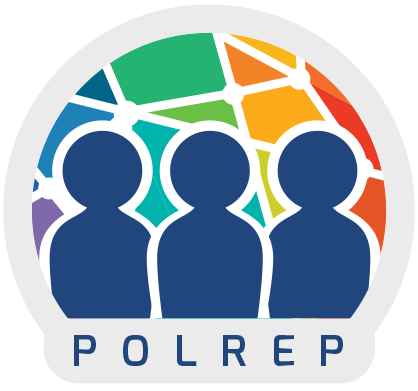The starting point of the project is the fact that in Romania, the linkages between voters and parties are weak and weakly programmatic, meaning they are only loosely based on the vision and solutions proposed by the parties for governance and society and their compatibility with the preferences of the voters.
We investigate, in particular, the role of the attitudes and choises made over time by political and media elits. Specifically, we examine how what politicians and journalists think and do encourages or undermines the development of these programmatic linkages between voters and parties, based not on rhetoric or symbolic representation but on substance.
To this end, we follow how policy differences played out in Parliament, then in the media and by how the public responded over time. Then we test what policy differences, discussed in what way, have potential to engage the public. Our innovative multi-method longitudinal research design includes state-of-the-art text analysis and survey experiments and will create rich
databases on issue attention and policy agendas in legislation; media coverage of legislative and executive activities; journalists’ practices regarding coverage of policy debates; and citizen responses to policy issues.
The project “Policy-based political representation: A multi-method analysis of legislative work, news content and surveys” is funded by the Executive Unit for Funding Higher Education, Research, Development and Innovation (UEFISCDI), through the Exploratory Research Project (PCE) line of Program 4 – “Fundamental and frontier research” (project no. PN-III-P4-ID-PCE- 2020-2915). It runs from March 2021 until March 2024.

